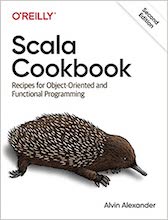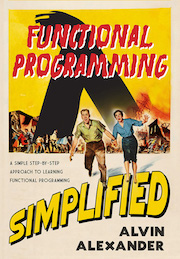Java example source code file (JavaHeapObject.java)
The JavaHeapObject.java Java example source code
/*
* Copyright (c) 1997, 2008, Oracle and/or its affiliates. All rights reserved.
* DO NOT ALTER OR REMOVE COPYRIGHT NOTICES OR THIS FILE HEADER.
*
* This code is free software; you can redistribute it and/or modify it
* under the terms of the GNU General Public License version 2 only, as
* published by the Free Software Foundation. Oracle designates this
* particular file as subject to the "Classpath" exception as provided
* by Oracle in the LICENSE file that accompanied this code.
*
* This code is distributed in the hope that it will be useful, but WITHOUT
* ANY WARRANTY; without even the implied warranty of MERCHANTABILITY or
* FITNESS FOR A PARTICULAR PURPOSE. See the GNU General Public License
* version 2 for more details (a copy is included in the LICENSE file that
* accompanied this code).
*
* You should have received a copy of the GNU General Public License version
* 2 along with this work; if not, write to the Free Software Foundation,
* Inc., 51 Franklin St, Fifth Floor, Boston, MA 02110-1301 USA.
*
* Please contact Oracle, 500 Oracle Parkway, Redwood Shores, CA 94065 USA
* or visit www.oracle.com if you need additional information or have any
* questions.
*/
/*
* The Original Code is HAT. The Initial Developer of the
* Original Code is Bill Foote, with contributions from others
* at JavaSoft/Sun.
*/
package com.sun.tools.hat.internal.model;
import java.util.Enumeration;
import java.util.HashMap;
import java.util.Map;
import com.sun.tools.hat.internal.util.Misc;
/**
*
* @author Bill Foote
*/
/**
* Represents an object that's allocated out of the Java heap. It occupies
* memory in the VM, and is the sort of thing that in a JDK 1.1 VM had
* a handle. It can be a
* JavaClass, a JavaObjectArray, a JavaValueArray or a JavaObject.
*/
public abstract class JavaHeapObject extends JavaThing {
//
// Who we refer to. This is heavily optimized for space, because it's
// well worth trading a bit of speed for less swapping.
// referers and referersLen go through two phases: Building and
// resolved. When building, referers might have duplicates, but can
// be appended to. When resolved, referers has no duplicates or
// empty slots.
//
private JavaThing[] referers = null;
private int referersLen = 0; // -1 when resolved
public abstract JavaClass getClazz();
public abstract int getSize();
public abstract long getId();
/**
* Do any initialization this thing needs after its data is read in.
* Subclasses that override this should call super.resolve().
*/
public void resolve(Snapshot snapshot) {
StackTrace trace = snapshot.getSiteTrace(this);
if (trace != null) {
trace.resolve(snapshot);
}
}
//
// Eliminate duplicates from referers, and size the array exactly.
// This sets us up to answer queries. See the comments around the
// referers data member for details.
//
void setupReferers() {
if (referersLen > 1) {
// Copy referers to map, screening out duplicates
Map<JavaThing, JavaThing> map = new HashMap
Other Java examples (source code examples)Here is a short list of links related to this Java JavaHeapObject.java source code file: |
 The search page
The search page Other Java source code examples at this package level
Other Java source code examples at this package level Click here to learn more about this project
Click here to learn more about this project
